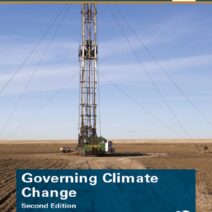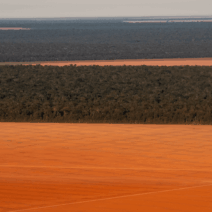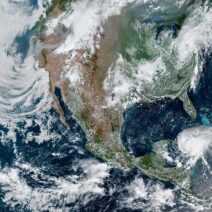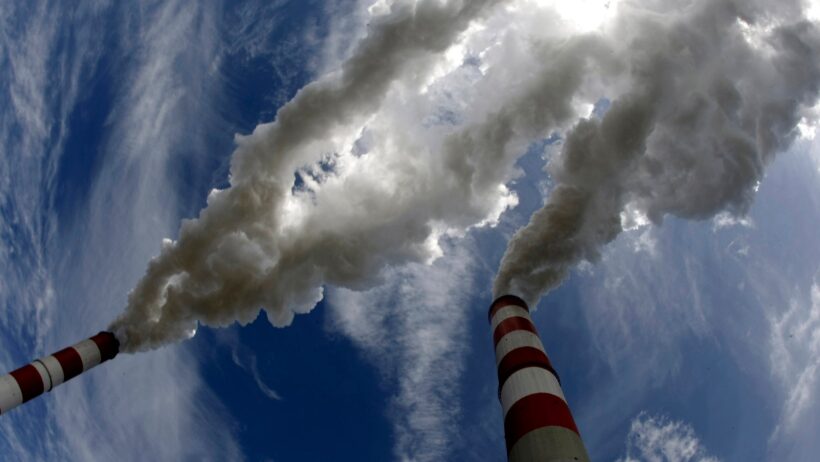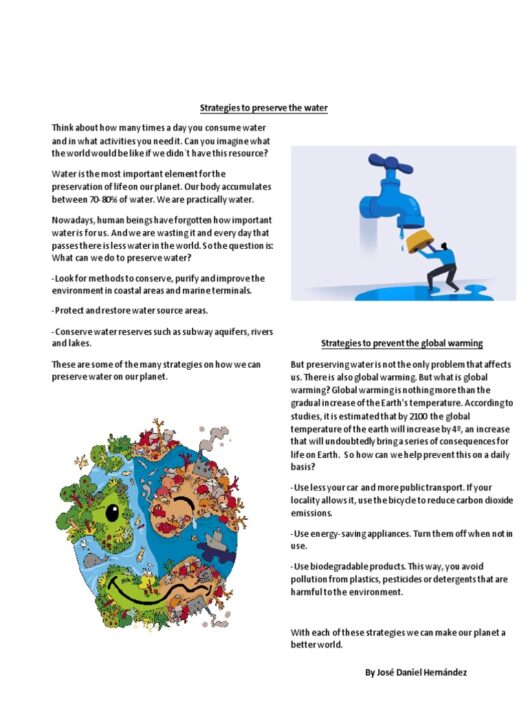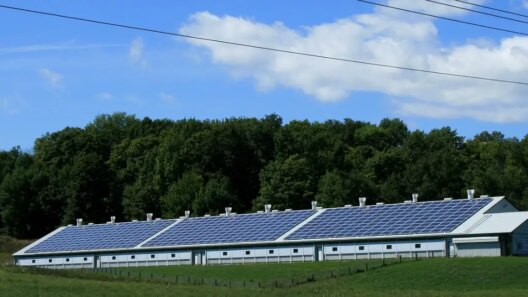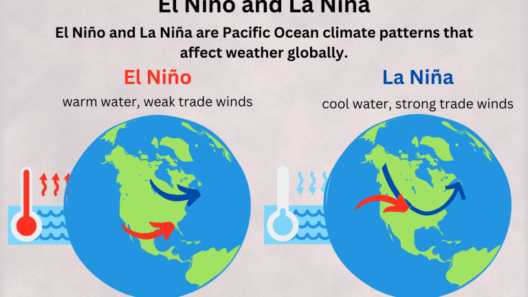Imagine for a moment that you’re standing outside on a sultry summer day, beads of perspiration trickling down your brow. You glance up at the sun, and a playful thought crosses your mind: “Is it just me, or does it feel like the world is heating up?” This sentiment is shared by many, sparking a dialogue about the undeniable reality of global warming. However, the question remains: How do we know global warming is real? This inquiry delves into the profound world of climate science, offering a wealth of evidence that cannot be disregarded.
To commence, one must acknowledge the fundamental tenet of climate science: the greenhouse effect. This natural phenomena occurs when certain gases in the Earth’s atmosphere—primarily carbon dioxide (CO2), methane (CH4), and nitrous oxide (N2O)—trap heat from the sun. This process is essential for maintaining the planet’s temperature, allowing for life as we know it. However, human activities, especially fossil fuel combustion and deforestation, have exacerbated this effect, leading to a marked increase in atmospheric concentrations of these greenhouse gases.
The quantitative evidence showcasing the rise in greenhouse gases is compelling. Ice core samples extracted from polar regions reveal a chronological record of atmospheric composition going back hundreds of thousands of years. By analyzing the trapped bubbles of ancient air, scientists can ascertain that current levels of CO2 exceed those of any time in at least the last 800,000 years. This undeniable increase correlates with the onset of industrialization—a stark juxtaposition that substantively suggests human culpability in climate change.
But are rising CO2 levels the sole indicator of warming? Certainly not. Temperature records from around the globe paint a vivid picture of a warming Earth. Instrumental records dating back to the late 19th century show an unequivocal trend: global temperatures have risen by approximately 1.2 degrees Celsius (2.2 degrees Fahrenheit) since the pre-industrial era. Furthermore, the last decade has featured some of the hottest years on record. This correlation between anthropogenic emissions and rising temperatures is significant and alarming, reinforcing the argument that global warming is a present-day reality.
Another critical avenue for evidence lies within the observable consequences of climate change. Glacial retreat is particularly illustrative; glaciers worldwide are receding at an unprecedented rate. From the majestic Alps to the vast expanses of Greenland, scientists have documented alarming retreats, concomitant to the rise in global temperatures. The phenomenon of melting ice contributes to sea-level rise, which poses a formidable challenge for coastal communities and ecosystems.
In conjunction with glacial retreat, shifts in weather patterns signify the tangible impacts of global warming. An increase in the frequency and intensity of extreme weather events—hurricanes, droughts, and wildfires—has become increasingly apparent. These harrowing manifestations yield not only environmental degradation but also societal implications. For instance, hurricane Harvey’s catastrophic flooding in Texas and the relentless wildfires in California serve as poignant reminders of the climate crisis we face. Such events have repercussions that ripple through economies, displace communities, and jeopardize food and water security.
Furthermore, the realm of biology provides its own set of indicators. The phenomenon known as “biological indicators” encompasses changes in species distribution, migration patterns, and altered breeding seasons. Various species have been documented moving towards higher altitudes and latitudes in search of cooler climates. This migration disrupts ecosystems and interspecies relationships, illuminating the intricate balance that sustains life on Earth. The extinction of vulnerable species breeds a cascading effect that poses a significant threat to biodiversity.
Despite overwhelming evidence, skepticism regarding climate change persists, often stemming from misinformation and misinterpretation of data. A robust scientific consensus exists, as represented by organizations such as the Intergovernmental Panel on Climate Change (IPCC). This body compiles studies and assessments from thousands of scientists globally, presenting a comprehensive overview of climate science. Their reports underscore the stark realities of climate change, proclaiming that human actions are indeed the primary driver behind the recent changes observed in the climate.
It is essential to address the challenge posed by skeptics: Can scientific inquiry be influenced by personal biases? It is a valid point worth exploring. While bias can infiltrate any field, the scientific method—characterized by rigorous testing, refinement, and peer review—serves as a bulwark against such influences. In retaining objectivity, scientists continually scrutinize assumptions and engage in an iterative process of learning and unlearning. The convergence of findings across disparate research disciplines fortifies the argument for climate change’s authenticity even further.
In conclusion, the reality of global warming is underpinned by extensive scientific inquiry, demonstrable data, and observable phenomena. The greenhouse effect, rising greenhouse gas concentrations, increasing global temperatures, and persistent ecological changes create a tapestry of evidence that compels acknowledgment. Embracing this reality is imperative for mobilizing collective action to mitigate the impacts of climate change. The urgency of our times demands engagement, comprehension, and advocacy as we collectively navigate the challenges posed by this existential crisis. A profound understanding of climate science equips us to foster resilience and strive towards a sustainable future, one where the delicate balance of our planet is restored and preserved.
